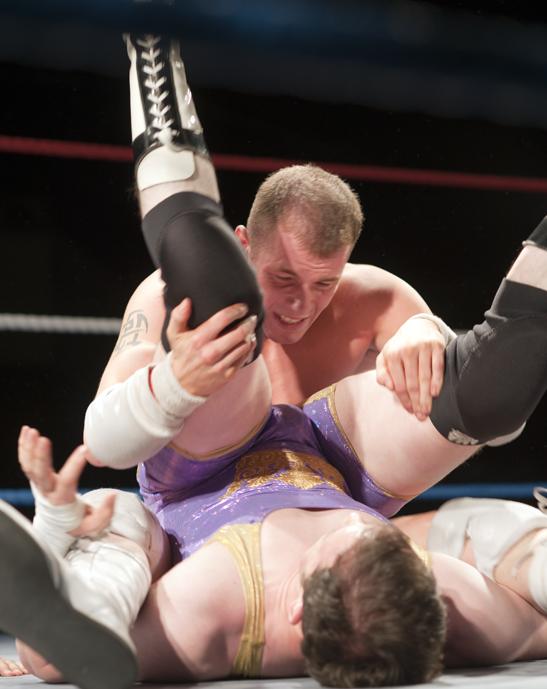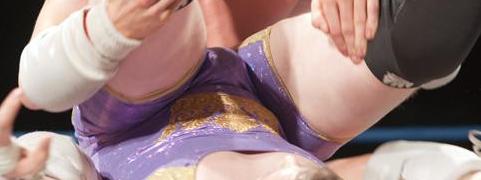[dropcap style=”font-size:100px; color:#992211;”]P[/dropcap]rimped masculinity on the covers of sports mags? Let’s see if Compete can hypersexualise darts….
Preliminary research out of the University of Cincinnati is providing a rare look at the construction of masculinity on the covers of mainstream and gay-themed sports magazines.
The research by Jodi Stooksberry and J. A. Carter, both doctoral students in the UC Department of Sociology, was presented at the 108th annual meeting of the American Sociological Association in New York, N.Y.

Stooksberry and Carter did a comparative analysis of two sports magazines: Sports Illustrated, one of the nation’s most recognized mainstream sports magazines, and Compete. Published out of Tempe, Ariz., Compete calls itself the world’s first gay sports magazine.
The researchers wanted to examine similarities and differences in the construction of masculinity on the front covers of the two magazines. They say their examination found disassociation with sport and hypersexualization on the covers of the LGBT-themed magazine, a trend that has typically been portrayed among female athletes featured in mainstream magazines.
Stooksberry and Carter examined random magazine covers from 2009-2011. A total of 28 magazine issues were studied – 14 magazine covers from each publication.
The analyses reviewed:
Photo composition
Location – field/court during practice/competition or off the field/court
Posing – Action, strong pose (hands on hips/legs apart), passive (crying after a victory), posed as if they were in action, stationary poses
Body position – Powerful, submissive
Clothing – In uniform, casual or dress clothing, bathing suit, no visible clothing
Facial expression – Smiling, intense expression
“While Sports Illustrated clearly identified cover subjects as athletes – even identifying the sport in which they participate – subjects on the cover of Compete were largely disassociated from sport,” state the authors. “In fact, many of the subjects on the cover of Compete could not be identified as athletes and their affiliation with sport was unclear.”
The authors found that out of the covers they studied, Compete covers showed athletes on the field/court in 7.1 percent of its cover photos, whereas Sports Illustrated had subjects in the field/court in more than 86 percent of its photos. About a third of the analyzed Sports Illustrated covers featured athletes in motion, while none of the Compete cover photos displayed motion, but rather stationary poses.
The authors also say subjects on the cover of Sports Illustrated were easily identifiable as athletes. Ninety-two percent of the Sports Illustrated covers portrayed athletes in uniform, while 21.5 percent of subjects on Compete were dressed in uniform. Around 14 percent of the Compete covers showed athletes in bathing suits or with no visible clothing.
“Female athletes are often sexualized and feminized in a similar fashion to non-athlete women in mass media,” write the authors. “Male athletes are rarely, if ever, depicted in sexualized, submissive, objectifying or non-athletic positions in sports magazines.
Therefore, the disassociation of Compete men from athletics, along with their hypersexualization and objectification, results in a queered form of masculinity.”
The researchers say the analysis fills a gap in research examining masculinity within mediated sports.
Source: University of Cincinnati
Photo: Carl Byron Batson

Some of the news that we find inspiring, diverting, wrong or so very right.




















